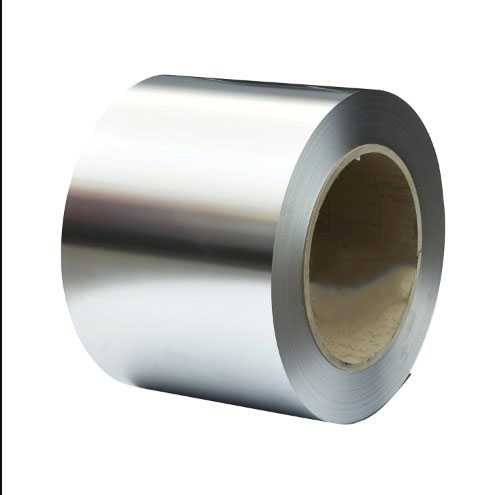- Phone:+86-17331948172 +86-0319-8862898
- E-mail: inquiry@puxingclamp.com
Nov . 20, 2024 13:49 Back to list
different style hose clamps factory
Different Styles of Hose Clamps A Comprehensive Overview
Hose clamps play a crucial role in various industries, ranging from automotive to plumbing, by securing hoses onto fittings and preventing leakage. As an essential component in many applications, understanding the different styles of hose clamps available in the market is vital for selecting the right one for your specific needs. This article explores the various types of hose clamps produced by factories, highlighting their unique features, applications, and benefits.
1. Screw Type Hose Clamps
Screw type hose clamps are among the most commonly used clamps. They consist of a metal band that encircles the hose and a screw mechanism that tightens the band, securing the hose in place. These clamps are versatile and can be used for a wide range of applications, including automotive coolant hoses and fuel lines. Their ability to provide a strong, adjustable hold makes them a popular choice among DIY enthusiasts and professionals alike.
2. Spring Loaded Hose Clamps
Spring loaded hose clamps, also known as constant-tension clamps, automatically adjust to changes in hose diameter due to temperature fluctuations. This feature is particularly beneficial in applications where thermal expansion is an issue. These clamps are often used in automotive and aerospace industries, where consistent pressure is crucial for maintaining system integrity. Their design allows for quick installation and removal, making them convenient for service and maintenance tasks.
3. Ear Clamps
Ear clamps, also referred to as pinch clamps, are designed for fixed diameters and are often used in industrial applications. They are made from a simple steel band with an ear that, when crimped, compresses the band tightly around the hose. Their low-cost and straightforward design make them an economical choice for securing hoses in low to moderate pressure applications, such as irrigation and vacuum lines.
different style hose clamps factory

4. T-Bolt Hose Clamps
T-bolt hose clamps provide a higher level of clamping force than traditional screw clamps. They feature a T-shaped bolt that allows for even tightening around the hose, making them suitable for heavy-duty applications such as turbocharger and exhaust systems in automotive use. Their robust design ensures a secure connection, even under high pressure and temperature fluctuations, making them a preferred choice for performance vehicles.
5. Worm Gear Hose Clamps
Worm gear clamps are equipped with a worm drive mechanism that provides a secure hold for hoses of varying diameters. These clamps are useful in applications that require a strong hold, as the gear in the worm drive provides excellent tension. Available in stainless steel and other materials, worm gear clamps are resistant to corrosion, making them suitable for use in harsh environments, including marine applications.
6. Plastic Hose Clamps
For lighter applications or where aesthetics matter, plastic hose clamps offer a viable alternative. Made from high-strength plastic, these clamps are ideal for securing hoses in low-pressure conditions, such as in household plumbing or aquarium systems. They are resistant to corrosion and can handle a variety of chemical exposures, making them a practical choice for many home applications.
Conclusion
With such a diverse range of hose clamp styles available, selecting the appropriate type can significantly impact the efficiency and safety of a specific application. Whether you need the strong, adjustable hold of a screw type hose clamp or the specialized design of a T-bolt clamp, understanding the unique features and applications of each style is essential. Factories producing these various types of hose clamps continue to innovate, ensuring that customers have access to reliable and effective solutions for their hose fastening needs. By choosing the right hose clamp, you can ensure secure connections and optimal performance across a range of industries.
-
High-Quality Steel Strip from China Stainless Steel Coil & Cold Rolled Carbon Strip Manufacturer & Supplier
NewsJul.07,2025
-
High-Quality T Bolt Hose Clip from Leading Factory & Suppliers Reliable t bolt hose clip Factories
NewsJul.07,2025
-
Mini Hose Clamp Manufacturer & Supplier Precision Hose Clamps Mini Clamp Factory
NewsJul.07,2025
-
High-Quality Steel Plate Midsole - Trusted Factory & Suppliers for Safety Footwear
NewsJul.06,2025
-
High-Quality Stainless Steel Slit Coil Supplier & Factory – Precision Slitting, OEM Service
NewsJul.06,2025
-
High-Quality Hose Clamps Mini Clamp – Reliable Factory & Leading Suppliers
NewsJul.05,2025




